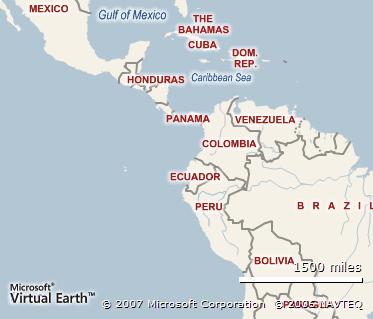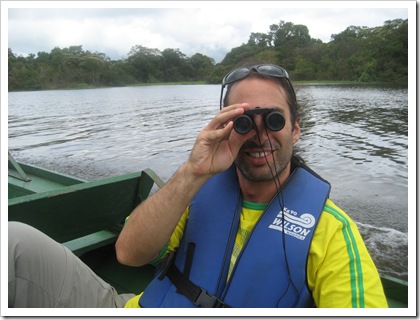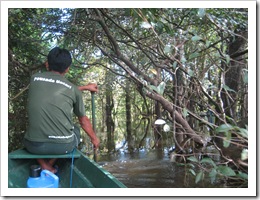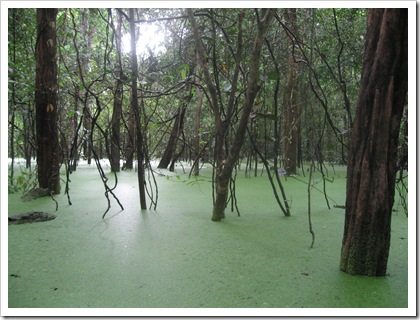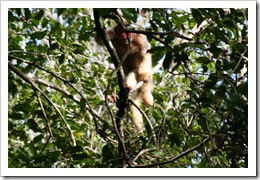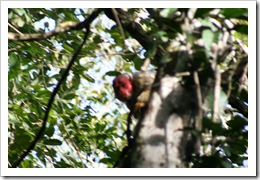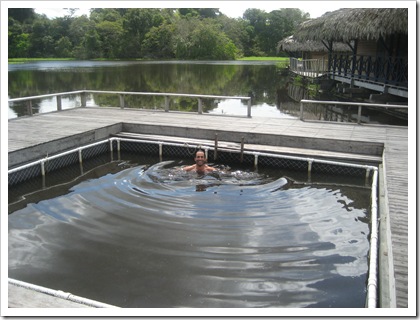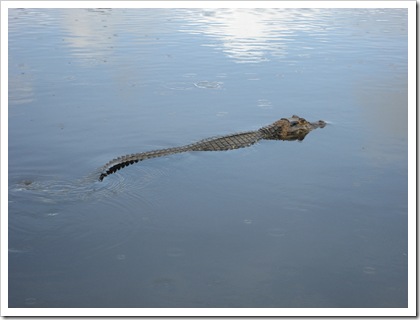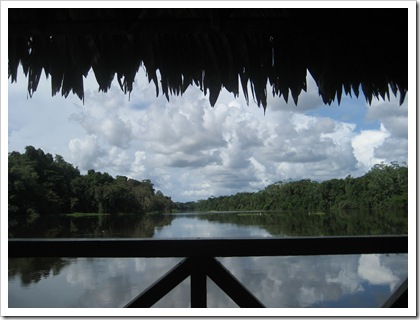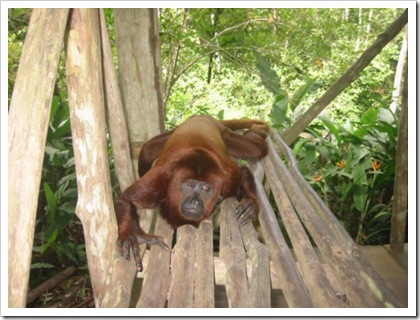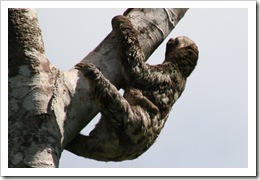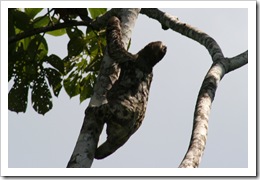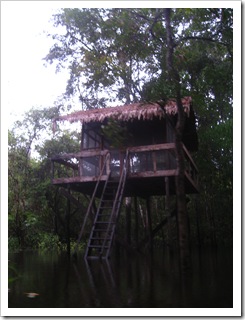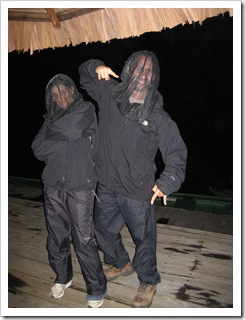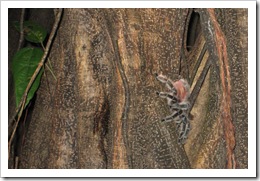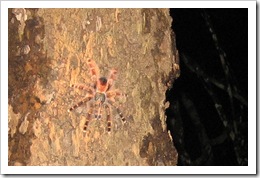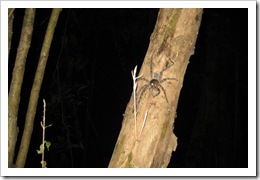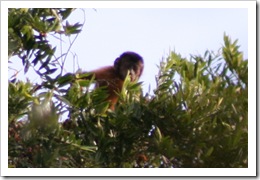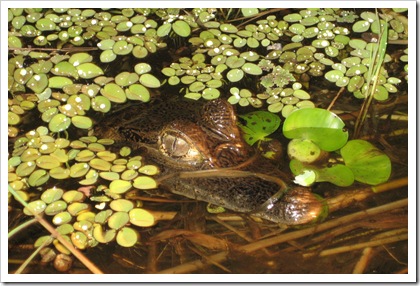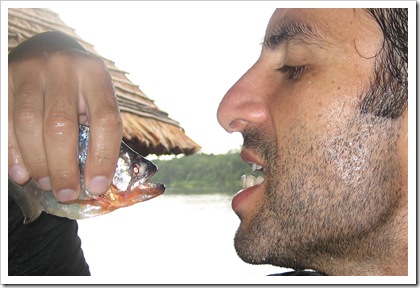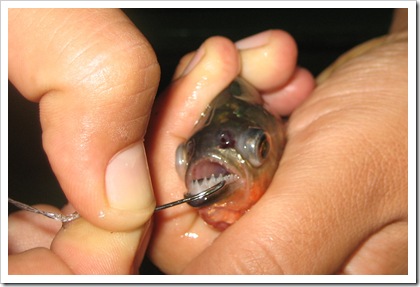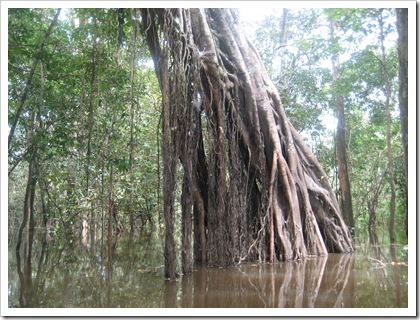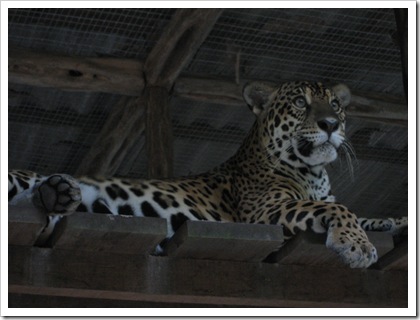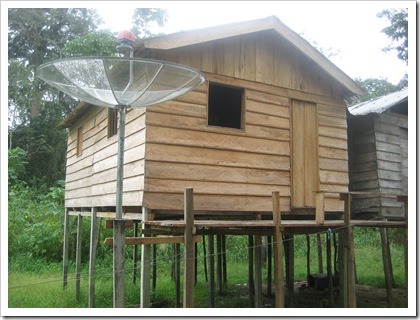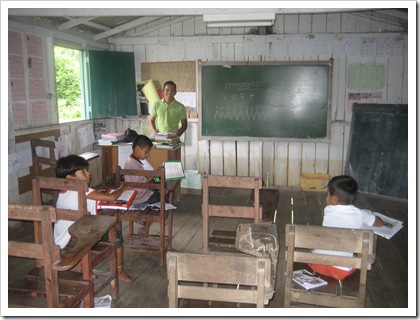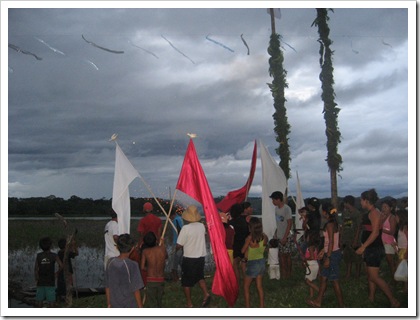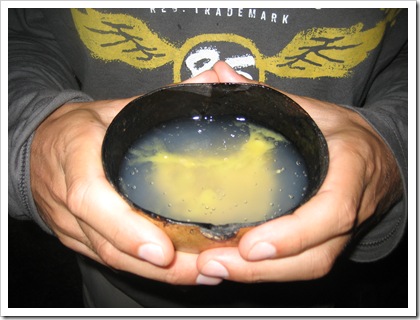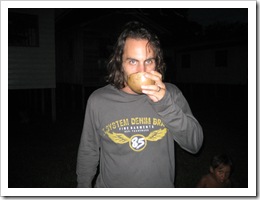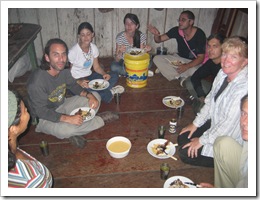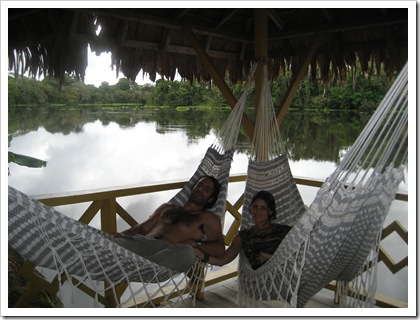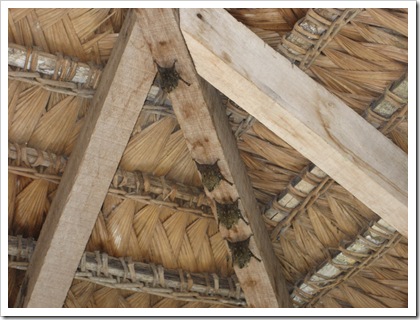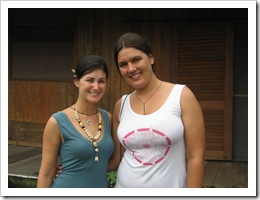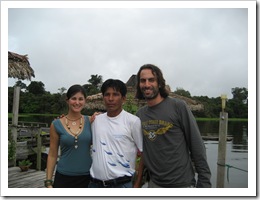And so when Memo invited us to come and spend some time in Mexico with him and his family, we agreed to take a detour from our South American adventure. But the JeTZ landed a day before Memo arrived from London causing us a small amount of anxiety. Memo's parents had kindly offered to meet us at the airport but they didn't speak a word of English and we had forgotten to ask Memo for their names!
All our anxieties disappeared as soon as we met them when we received the warmest welcome in the history of our travels.
We broke the ice with a befuddling name exchange dialogue. Lulu is Memo's mother, that was easy enough. However, Memo's dad's name is also Memo. Of course, it would be confusing to distinguish Memo from Memo so we assigned the adjectives grande and chico. It turns out that not only is Memo's father called Memo, but his grandfather is Memo too. At least Memo wont have to think too hard about what to call his son!

Our warm welcome continued the following day when Memo Grande and Lulu took us to the canals in Xochimilco for a boat ride. Lulu even serenaded us to complete the experience! A word about Xochimilco. This is the barrio (suburb) where Memo's family lives and they are so proud of it that if you ask them where they live, they wont say Mexico city, they will say Xochimilco. We cannot say we would do the same for Dianella...
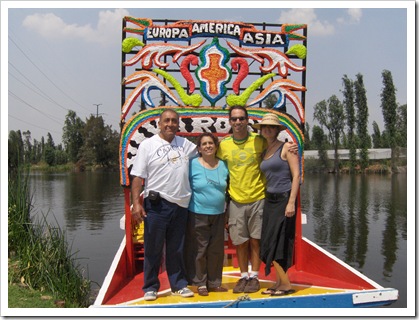
Next we visited part of the 1968 Olympic complex and then we went to the markets to prepare for the evening's festivities that would commence on Memo Chico's arrival from London.
We decided to impart a secret recipe we had learnt literally minutes before leaving Brazil: caipirinha. Although a relatively simple cocktail certain aspects need to be spot on. Having found the exact type of cachaça (of which there are hundreds!), the exact lemon (the one that looks like a lime) and the correct sugar (most will do actually) we needed a whole lotta crushed ice. In Mexico, generosity is the name of the game. You want ice? No problem. If you can find a way of transporting the mini iceberg its all yours.
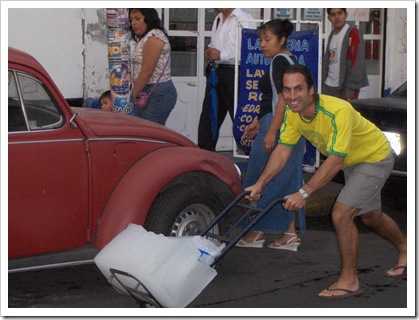
There were certain traditions in our new family's house that we had not yet learnt. Firstly, partying is not just for the kids. Memo Grande and Lulu where every bit involved in our festivities until the very wee hours of the morning - including the 2am feast which Lulu prepared for us when she noticed a distinct lack of eating.
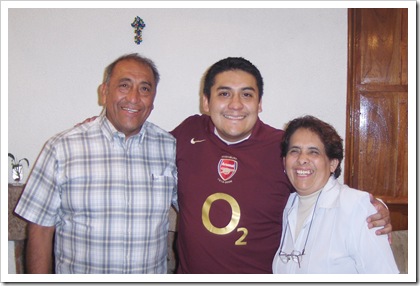
Another tradition we did not know of was that after 'Happy Birthday' is sung, the crowd starts chanting for the birthday boy or girl to smash his head into the cake. Memo Chico did not actually need that much encouragement. Although the cake ended up tasting like Memo's snot it was still delicious.
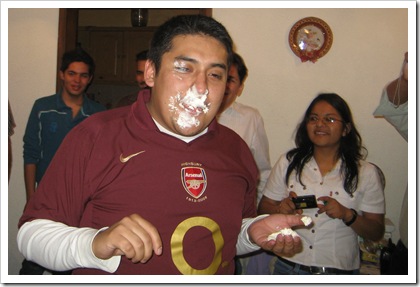
The only tradition we did know of was the piñada.
And when the piñada is well and truly smashed to smithereens, the hero gets to wear the piñada head as a trophy.
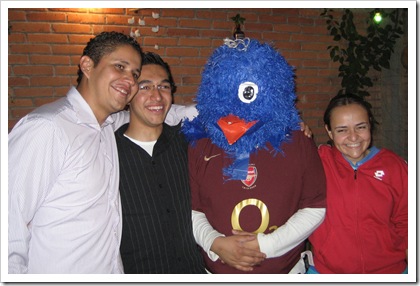
At 5am, Memo Grande, Memo Chico and the JeTZ were the last ones standing. With a quick calculation we worked out that Memo Grande had been awake for nearly 24 hours and had only had 2 hours sleep the night before. And if that was not bad enough he would only get another two hours of sleep before getting up to take Fatima, Memo's sister to university. His response was simple. His love for his children was so great it provided all the energy he needed to stay up late and get up early for them.

The next day Memo Chico took us to the centre of Mexico City. Traffic here is insane - and not only in peak hours. It took us 3 hours to get there when it should have taken only half an hour. We suddenly understood why Memo's family said that they came from Xochimilco. With such hideous traffic, they hardly venture out of their barrio!
Below is a representation of the legend of Mexico City. In the place where the Aztecs saw a colourful bird called the quetzal devouring a snake they were to found a temple, and so the capital of their empire was born.

Of course, we didnt just visit the historic and tourist sites with Memo. He also took us out to enjoy ourselves in the bars of Mexico City.
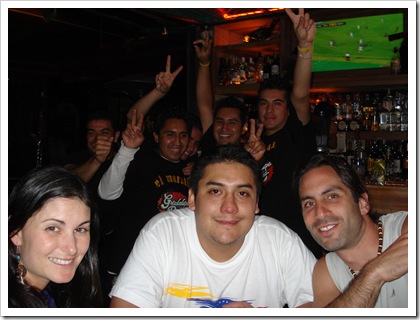
Mexicans really do love their tequila, and unlike in Australia, there are more ways to drink it than "lick, sip, suck". In fact, the margarita is very common. While TZ tried a regular for her first margarita Jez ordered a strawberry flavoured one. Memo and TZ assumed that this was some sort of error in translation, but when he continued to order strawberry they were left with no doubt to his intentions! Luckily Jez was able to recoup some of his lost machismo by having this photo taken with lots of spicy sauces!

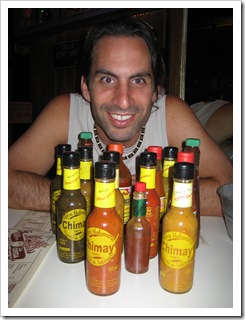
We ventured out of Mexico City for a trip to the ruins of Teotihuaca with our friend Sarai. The Teotihuacans were great mathematicians and astronomers. The orientation of the city grid is in exact alignment with true north. Every aspect of the construction of the pyramids has celestial significance and a connection to the agricultural calendar.
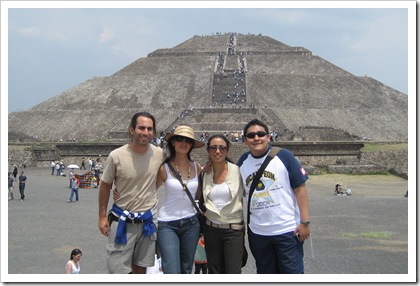
The Teotichuacans were a religious group of people who worshiped celestial objects. The wheel was a forbidden object, as its representation was thought to mock the deity of the sun. With no wheeled transport and no domesticated animals, all the building materials needed were transported on their backs. It is no wonder it took some 200 years to construct these impressive pyramids.
The main avenue in their city is called the street of the dead and flanked by the 'Moon' and the 'Sun' pyramids.
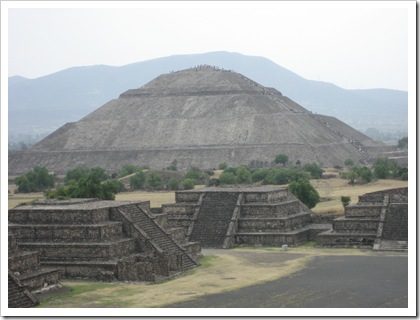
We ascended the Sun Pyramid.
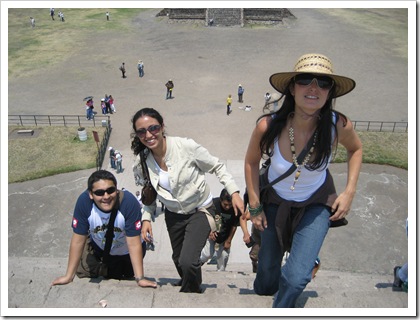
Click to hear Jez's expectations upon reaching the summit.
Here our guide explains that the people had 3 calendars which corresponded with the cycle of the sun, the moon and Venus. Every 52 years when their calendar of Venus and of the sun matched up again, they would start to panic. If they had failed to appease the gods, perhaps the sun would not rise the next day. For 5 days straight leading up to the big day, they would vigorously pray. If the sun did rise, they would take all their possessions and stack them over a pyramid. A new pyramid would be built on top. This was a super way to kick start their economy as they would have to renew all their possessions.
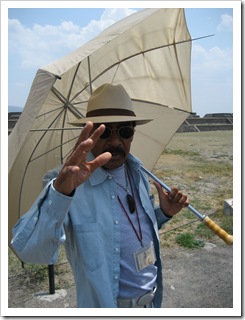
One day, Memo Grande drove us out to the remote town of Tepoztlan. We left early in the morning and stopped off for breakfast at a little outside 'restaurant' for a bite. Breakfast was a little unusual. In Mexico, cactus is abundant and comes in a multitude of varieties. Below to the left is the Prickly Pear tree. From it they make nopali and it makes for a tasty topping in a quesadillas. Here we had our first taste.
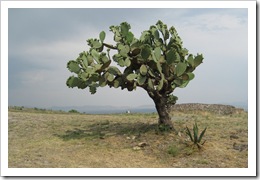

We walked a little around town and visited an old church.
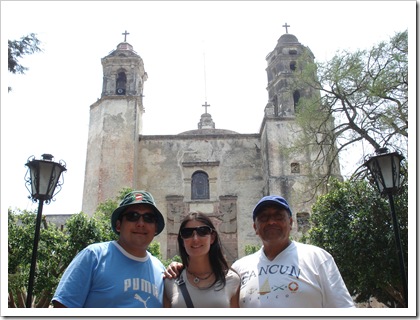
We also sampled some very unusual icecream flavours such as nopali, cheese and tequila. It was a bold move by TZ for once in her life to order an icecream flavour other than chocolate.

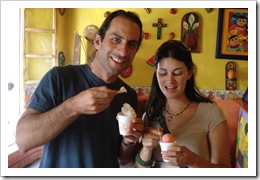
But then it was time to burn off our icecreams with a climb up this hill. At the top would be some pyramid ruins and a few other surprises...

On the way up, we learnt a plethora of Spanish swear words as the climb was pretty steep.
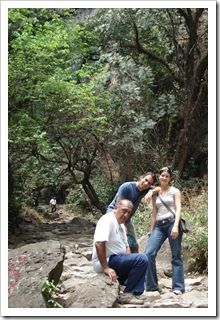

When we reached the top we could feel the promised magnetic healing powers of the mountain. Instantly we felt rejuvenated! But before running up the final flight of stairs to the top, we came across this cult practicing some strange rituals.
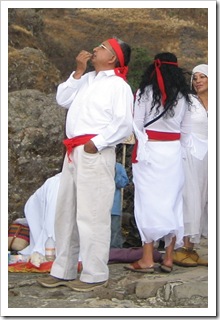
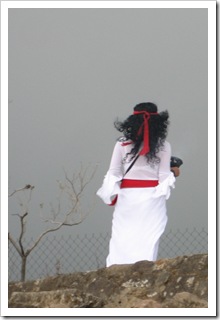
On our last day in Mexico City we visited the Natural History Museum which holds the largest collection of pre-Columbian artifacts in the world.
Below is the sun stone. Originally it was thought that this was some kind of Aztec calendar. But actually, the stone has a more sinister function. It is a large sacrificial alter. If you look closely you can see the face of an Aztec god Xiuhtecuhtli (no we did not just throw a bunch of strange letters together, this was his name!) emerging from the middle holding a pair of human hearts and showing his tongue transformed into a sacrificial knife.
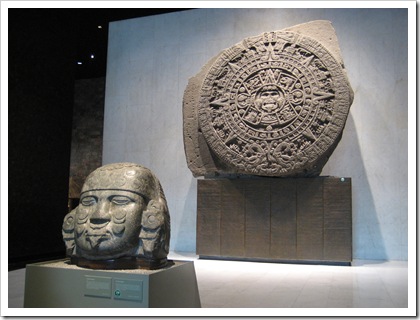
There were a few other interesting looking artifacts in the museum but not everything had an explanation. We we can only guess at the significance of these painful looking statues.
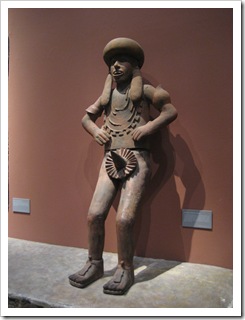
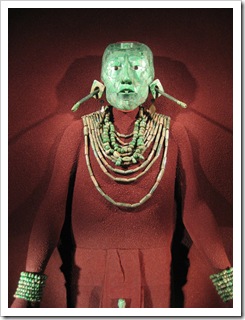
Every day we spent in Xochimilco we would hear fireworks. On nearly every occasion it was for the same reason - a celebration for baby Jesus. That said, the locals seemed to be in a permanent state of celebration. If they were not celebrating baby Jesus, they were celebrating other important days: Mother's day, Father's day, Doctor's day, the day of the dead...but we were lucky enough to be there on the dia de los ninos, day of the children.
To celebrate, children exchanged their regular classes for a day of fun activities. Memo Grande had been asked by a nearby school if he would come and entertain the children with a magic show.
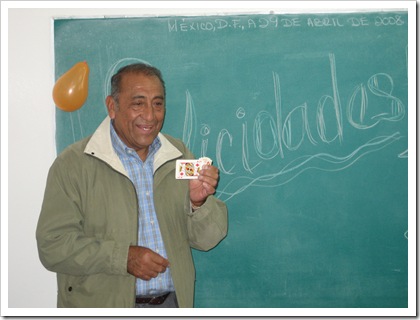
Memo Grande is a highly accomplished magician with a remarkable slight of hand. And the most amazing part of all is that he was willing to impart his tricks to us! That said, his tricks were so amazing we did not want to know how they were done for fear of losing our feeling of wonder.
He captivated us as much as the children who sat wide eyed and begging for more.
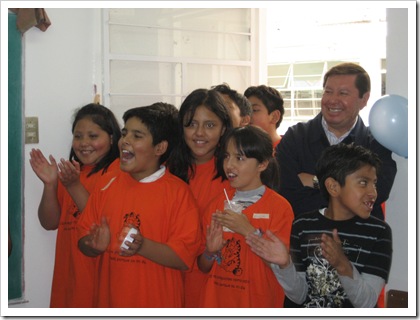
The warmth of Mexicans is virtually unparalleled and we started to understand why. We noticed that unlike most school children we have ever met, Mexican children are extremely affectionate and grow up to become affectionate adults. We could never imagine a situation in Australia or England where it would be ok for the children to kiss strangers like us hello or goodbye or where the children could openly play kissing games in class in front of the teacher.
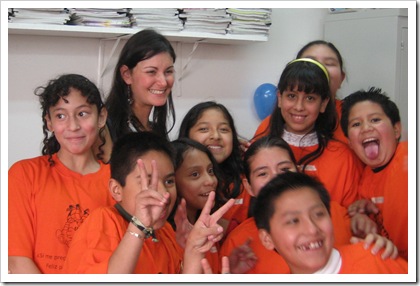
After an amazing week in Mexico City, we would say a teary goodbye to our new family in Xochimilco and head to the Yucutan Peninsular for more adventures...
